Images: Cave Art Reveals Prehistoric View of the Universe
Human-Like Figure and Two Circles
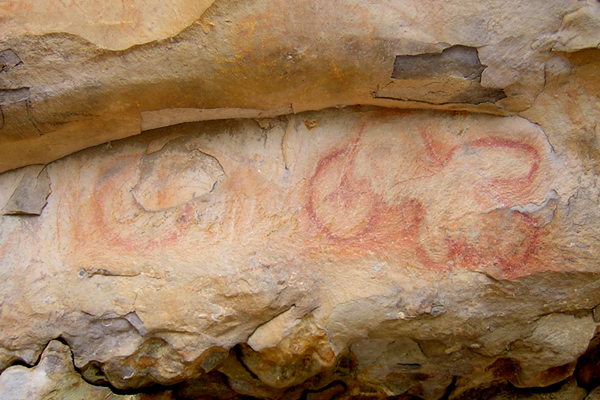
This drawing, found on an open bluff in Alabama, depicts an anthropomorphic figure and two circles. Drawings found in the open air were almost always painted red.
Snake and Humans
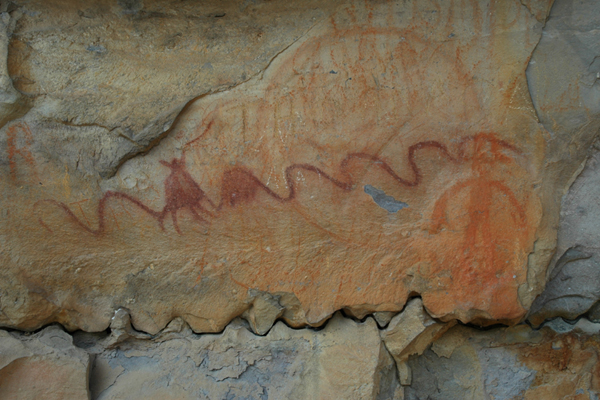
This image shows humans and serpents as part of an ancient myth.
Human Hunt?
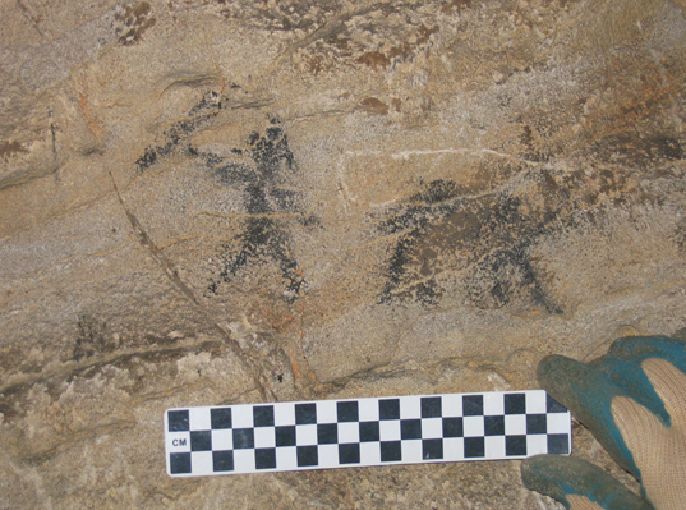
This image depicting what could be a human hunting is part of the most extensive collection of prehistoric cave art found in the United States.
Bird Talons and Dog or Cat
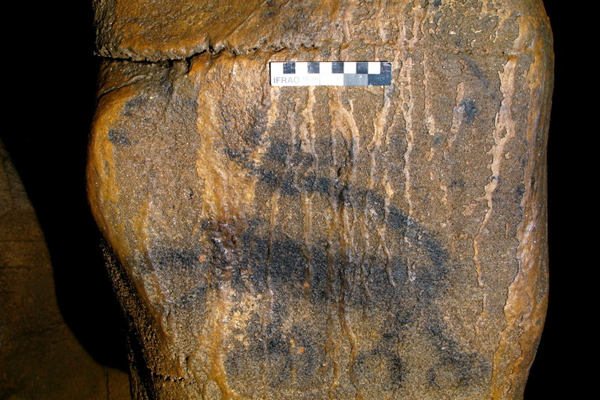
This black charcoal image shows an animal with a bird's talons and the body, head and tail of a dog or cat. This kind of transformation has been seen in open-air and caves.
Bird Carved in Mud

The bird seen here was carved in mud by the native ancient peoples of Tennessee. Some Native American peoples in the southeastern United States associated mud with the origin of the world, Jan Simek, an archaeologist at the University of Tennessee said.
Laser Scanner
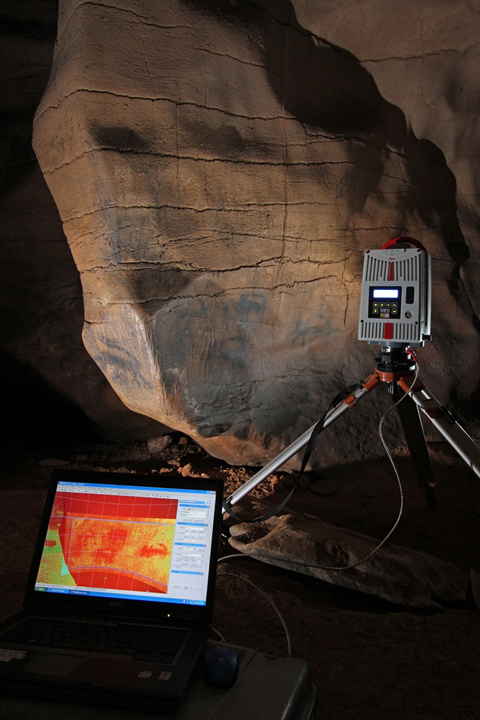
Scientists use laser scanners to investigate cave art in a non-destructive manner.
Black Charcoal Pictograph
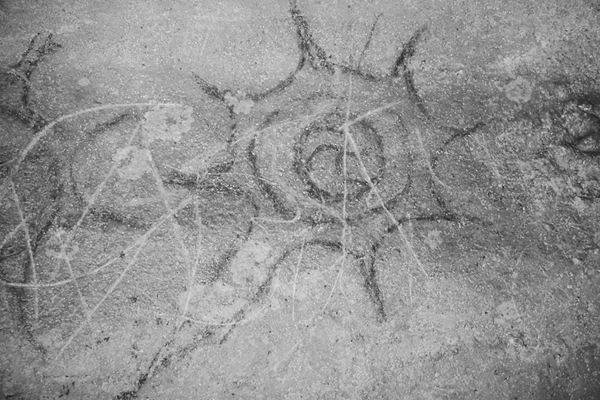
The image drawn in this black charcoal pictograph found in a Tennessee cave is also found on prehistoric, religious artifacts.
Sign up for the Live Science daily newsletter now
Get the world’s most fascinating discoveries delivered straight to your inbox.
Scorpions in the Lower World
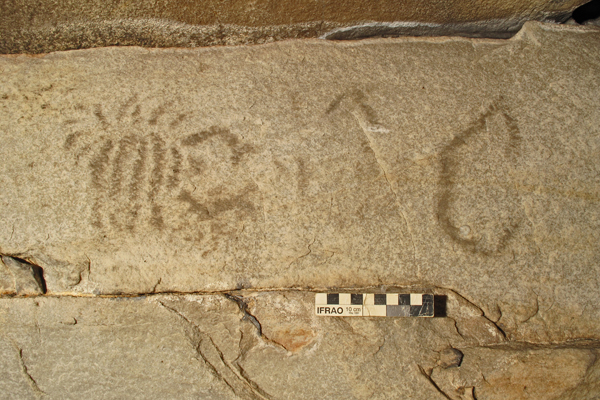
These scorpions give archaeologists a glimpse into the "lower world" in the cosmology of the native peoples.
More Cave Art
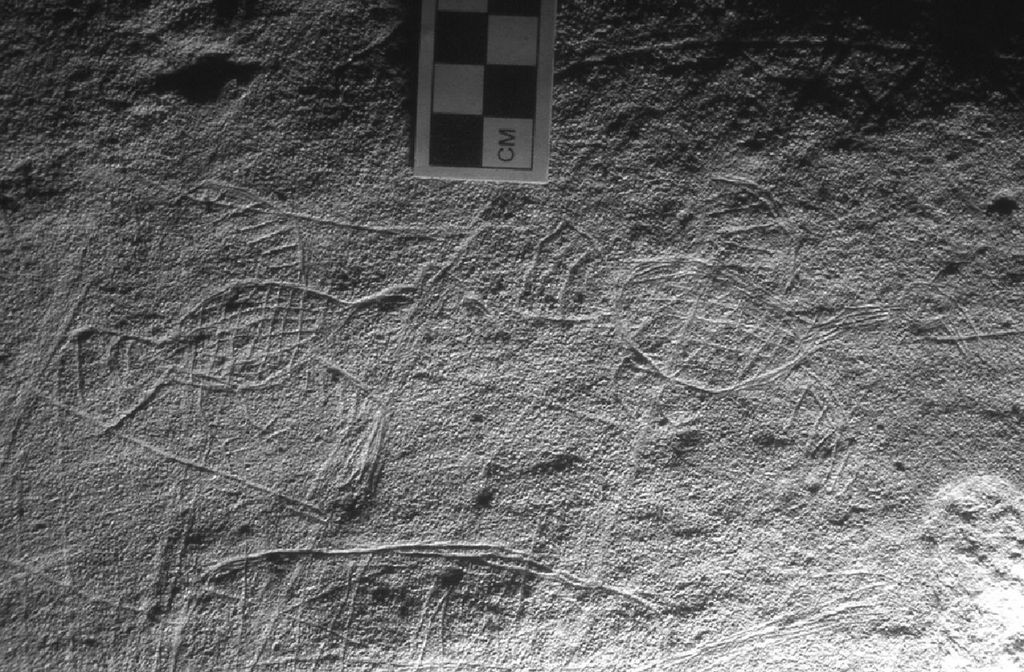
This image is part of the most extensive collection of prehistoric cave art found in the United States.
Human-Bird Transformation
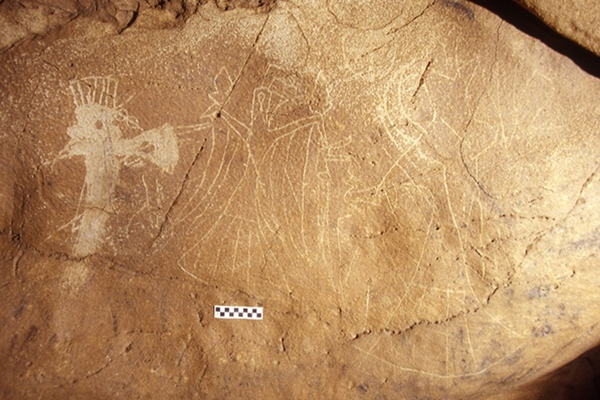
These images of tools and human- bird transformation were found in a dark zone cave in Tennessee.











